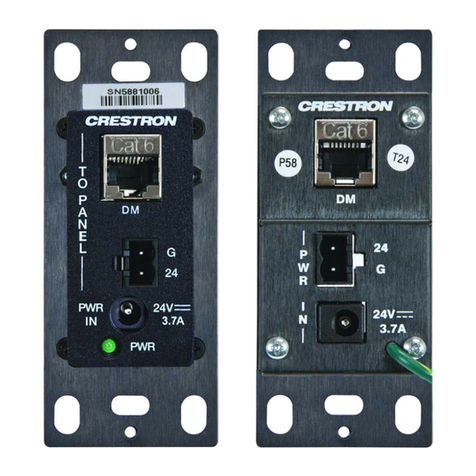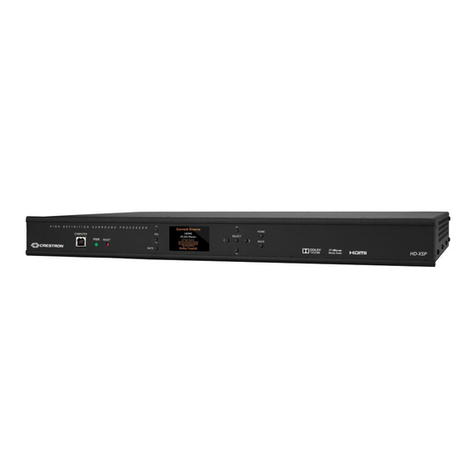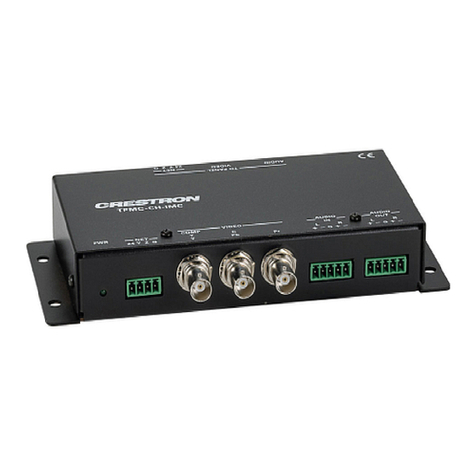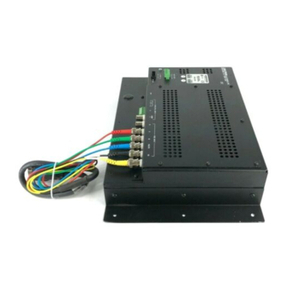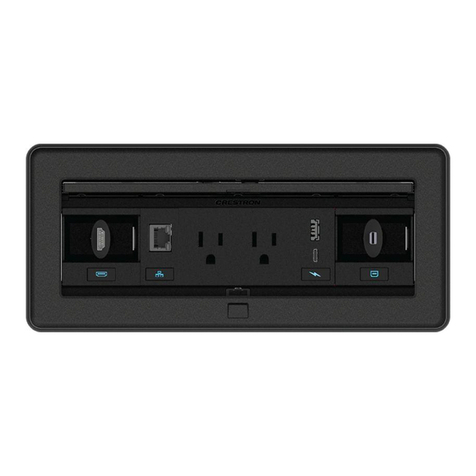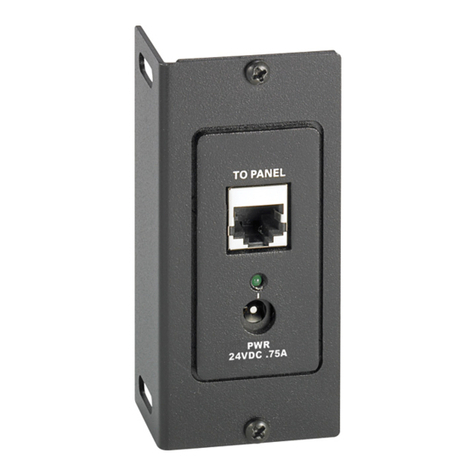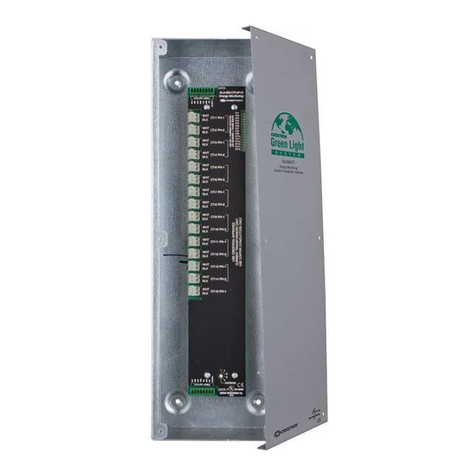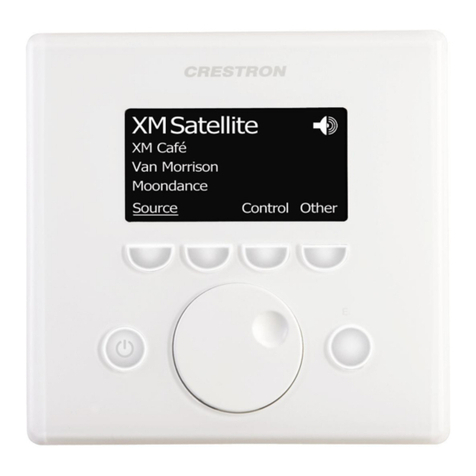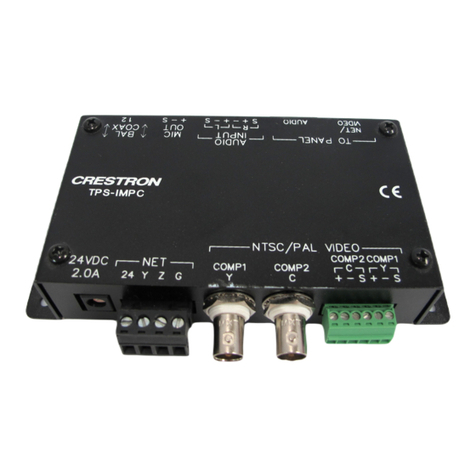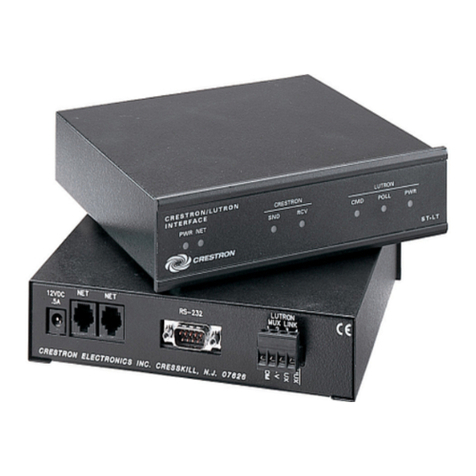
Digital Audio Processor with Room Control Crestron C2N-DAP8RC
Crestron Electronics, Inc. Quick Start – DOC. 6232
15 Volvo Drive, Rockleigh, NJ 07647 09.03
Tel: 888.CRESTRON
Fax: 201.767.7576 Specifications subject to
www.crestron.com change without notice.
• From the system setup display, select SPEAKER CONFIG to display the SPEAKER CONFIG
window. Use this screen to specify the speaker arrangement of your system and to set the crossover
frequency for the subwoofer.
• From the system setup display, select AUDIO CONFIG to display the AUDIO CONFIG window.
Use this screen to set up the volume trims, the delays, and the noise generator settings. These settings
are usually used together during room calibration. The VOLUME TRIMS specify the relative gain for
each speaker in the room. The DELAY X 1ms settings specify the delays needed to ensure that the
sound from all speakers reach the listener’s ears at exactly the same time.
Use the NOISE GENERATOR buttons to select the noise source. The default STD (Dolby) button
toggles to PINK. Press BYPASS to bypass all equalization filters and tone controls. Use the ON and
MUTE buttons to turn each speaker on and off.
• From the system setup display, selecting the EQ’s button displays the EQUALIZATION window
used to specify the various filter settings for each speaker in the system.
• From the system setup display, select AUDIO SWITCH to display the AUDIO SWITCHING
window used to select the analog source you wish to appear on the three possible outputs.
NOTE: Any output from the AUDIO CAT5 connector and the AUDIO OUT Aand BRCA
connectors is stereo from the unit’s analog crosspoint and does not contain any surround sound
encoding. But, any analog audio routed to the AUDIO OUT Bconnectors will also appear on the
SURROUND SOUND OUT connectors unless a digital source is selected for the surround sound
processor. Digital sources, though, cannot appear on the analog outputs.
Select the analog source that will appear on the CAT5, OUTPUT A, and OUTPUT B audio output
connectors. You can also choose to mute the signal to those outputs.
The OUTPUT B CONTROLS section affects only the signals to OUTPUT B. The BASS, TREBLE,
and BALANCE controls are initially set to their middle positions; the VOLUME control is set to its
zero position.
The three buttons at the bottom provide both electronic and relay mute control of all outputs, and a
standard ‘loudness’ selection that provides emphasized treble and bass. The electronic mute reduces
the level of the output to –80dB (effectively silent); the relay mute opens the output circuits.
• After performing the system setup procedures, press RETURN to display the default main screen.
Use the SOURCE SELECT buttons to choose the desired audio source. When any of the digital
audio inputs are chosen as the source selection, the system automatically detects the encoding
method of the incoming signal and displays the appropriate decoding mode choices.
Room Calibration
After you have determined that the DAP8RC is functioning properly, the next step is to install it at the site
and to calibrate the DAP8RC to the listening area. This process, called room calibration, is a critical part of
setting up a home theater. Without proper calibration, the impact of a movie or musical soundtrack will lack
what the sound engineer had originally intended.
Calibration procedures are beyond the scope of this Quick Start. Instead, refer to “Surround Sound System
Setup” on page 25 of the Operations Guide for the DAP8RC (Doc. 8187) for detailed instructions.

